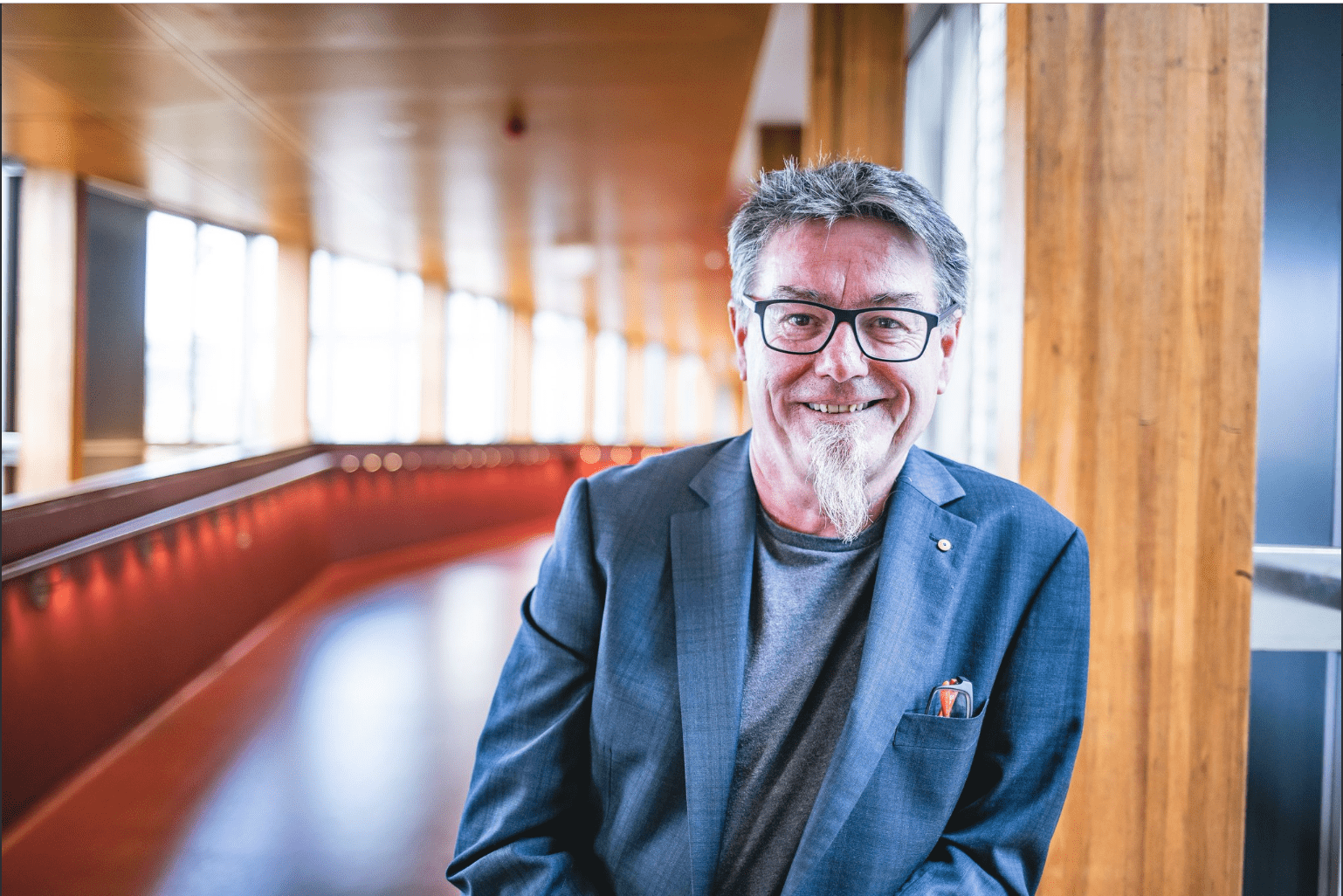In a race to combat very specific medical challenges, Gordon Wallace has developed groundbreaking and bespoke advances in bioprinting, both in specialized 3D printing devices and customized bioinks.
Along with fellow researchers at the University of Wollongong (UOW), in Australia, working with clinicians and institutions, they seek to find solutions for rare conditions, like microtia, schizophrenia, epilepsy, as well as for more common afflictions, including corneal ulcerations and damaged cartilage.
A distinguished professor at UOW, Wallace, has been working in bioprinting for the past 25 years with a background in materials science. His first foray into biotechnology was developing new electrode materials for Graeme Clark’s pioneer multi-channel Cochlear Implant for severe-to-profound deafness, and in developing those new materials Wallace realized that conventional fabrication wasn’t good enough, which quickly sparked an interest in developing new 3D printing techniques. “We have been fortunate because all of our projects and research have […]
Case Study: How PepsiCo achieved 96% cost savings on tooling with 3D Printing Technology
Above: PepsiCo food, snack, and beverage product line-up/Source: PepsiCo PepsiCo turned to tooling with 3D printing...





0 Comments